In fact 80-90 percent of all land plants develop mycorrhizae with glomeromycetes. 34 Erosion can also be a cause of flooding as damaged soil cannot absorb as much water as healthy soil.
How Do Plants Absorbs Water Quora
What Do Plants Absorb From The Soil Quora

Root Uptake Bioninja
These fungi also reproduce asexually.

Plant absorb minerals from soil. Trace minerals in this form are far more compatible with our chemistry as organic life-forms and are thus. The other 14 must be dissolved in soil water and enter the plant as roots take up water. Also plants in dormant stages absorb few nutrients.
As a plant becomes well established the quantity and distribution of its roots strongly influence its ability to absorb moisture and nutrients. For plants to utilize these nutrients efficiently light heat and water must be adequately supplied. But the plant is not done growing.
However humus is much more fragile than clay minerals to. Anything that affects the plants growth. 35 Local loss of soil-sequestered carbon has global consequences.
Water the plant. Soil water enables plants to absorb minerals by first dissolving them. Technically all trace minerals are inorganic by definition.
Due to its compact nature clay is slow to absorb water and absorbs the least amount of water of all six soil types. It holds the most nutrients of any soil due to the poor drainage. As a modifier of Earths atmosphere.
The latter means the soil becomes dense making it hard for a plant to absorb water. Three elements carbon hydrogen and oxygen are non-minerals and the other 14 Table 1 are minerals. Soil pH levels that are too high or too low.
You might need to add more soil to fill in empty spots. For most plants the majority of the absorbing feeder roots are located in the top 12 inches of soil. Using radiocarbon dating and data from 157 soil samples they found that the average age of soil carbon is much older than earlier estimates.
While most plants grow best in soil with a pH between 6 and 7 there are some notable acid-loving exceptions including blueberry and rhododendron which perform best under soil conditions associated with a lower pH. Nearly 80 percent of the carbon in terrestrial ecosystems is in soil. While some minerals are obtained directly from rain nutrients are generally absorbed from the debris that collects on the supporting plants.
Epiphytes obtain water from rain and water vapour in the air. While leaching will help to draw the salt out of the affected soil it will also draw out nutrients and minerals that plants need to grow. Oxygen also enters plants with hydrogen through roots as water.
If either inorganic or organic fertilizers are applied too heavily to the soil they can cause plant tissue to burn or become chlorotic resulting in unhealthy or dead plants. Clay soil is classified as a heavy soil and one of the most difficult garden soils. Supplied either from soil minerals and soil organic matter or by organic or inorganic fertilizers.
Each part has a set of jobs to do to keep the plant healthy. The term organic trace minerals or fulvic minerals is used to describe plant-based trace minerals that have been converted into readily absorbable forms by plants or bound together by natural substances such as fulvic acid. The three main parts are.
If the plant experiences extremes in temperature incorrect light levels or waterlogged or compacted soil it will have a limited ability to absorb nutrients. If growing conditions are good a plant will absorb nutrients from the soil. Salinity also affects photosynthesis mainly through a reduction in leaf area chlorophyll content and stomatal conductance and to a lesser extent through a decrease in photosystem II efficiency Netondo.
Plant nutrition is the study of the chemical elements and compounds necessary for plant growth plant metabolism and their external supply. Because many salts are also plant nutrients high salt levels in the soil can upset the nutrient balance in the plant or interfere with the uptake of some nutrients Blaylock et al 1994. The seedlings roots push down into the soil to anchor the new plant and to absorb water and minerals from the soil.
Cultural practices and control of diseases and insects also play important roles in crop production. A plant is made up of many different parts. This means that you need to make sure to add these nutrients and minerals back into the soil.
The germination stage ends when a shoot emerges from the soil. The stem supports the plant above ground and carries the water and minerals to the leaves. Once your plant is in its new pot and youve filled the pot with soil water the plant.
Carbon and oxygen enter plants through leaves as carbon dioxide. Leaching will draw the salt out of the soil and will either push it deeper in the soil or will wash it away. Landowners should contact their local extension office or soil testing laboratory for a bulletin outlining the proper procedures for soil sampling and determining proper liming rates.
Clay minerals act as chemical sponges which hold water and dissolved plant nutrients weathered from other minerals. Each type of plant is unique and has an optimum. As a habitat for organisms.
Given their narrow habitat requirements many epiphytes rely on wind for seed dispersal and. A soil test will help you to determine the content of your soil and the type and amount of fertilizer your soil needs. Crops a range of 6 to 75 is best as shown in Table 1.
It will help the plants roots soak up the nutrients from the soil and ensure that the plant takes to the new pot. The fungi obtain sugars from the plant and in return dissolve minerals in the soil to provide the plant with nutrients. It could take hundreds to thousands of years for soil to absorb large amounts of carbon from the atmosphere.
When soil pH is maintained at the proper level plant nutrient availability is optimized solubility of toxic elements is minimized and beneficial soil organisms are most active. Soil is a mixture of organic matter minerals gases liquids and organisms that together support life. As a medium for plant growth.
And its stem with new leaves pushes up toward the light. Water is so strongly attracted to small spaces or pores in the soil that it moves from large spaces to smaller ones even if. Most absorb water with their roots though many have specialized leaves that also take in moisture.
The roots absorb water and minerals from the soil and anchor the plant in the ground. Soil Tillage Climate Change and Soil Carbon Sequestration. A general potting soil mix will suit a variety of houseplants though something more prickly like a.
Glomeromycetes make up half of all fungi found in soil and they often form mycorrhizae with plants. Humus mimics the ability of clay minerals to retain soil moisture and nutrients. All of these functions in their turn modify the soil and its.
Its hard when dry sticky when wet drains poorly and warms slowly in the spring. Earths body of soil called the pedosphere has four important functions. Soil stores a tremendous amount of carbon.
Plant Adaptations By. Methods for Assessing Soil Quality page 173 SSSA 1996 Problems Related to pH and Relationship of pH to Soil Function Soil pH is an excellent indicator of a soils suitability for plant growth For most. Absorb minerals and absorb water from.
Before planting any crop determine the soils nutrient level and pH through proper soil testing. As a means of water storage supply and purification. To discourage growth of bacteria and fungi Buttresses and prop and stilt roots help hold up plants in the shallow soil Some plants climb on others to reach the sunlight Some plants grow on other plants to reach the sunlight Flowers on the forest.
In its absence the plant is unable to complete a normal life cycle or that the element is part of some essential plant constituent or metabolite. Water is also needed for the physiological and chemical processes of plant growth. The essentials of these procedures are reviewed here.
The roots the leaves and the stem.
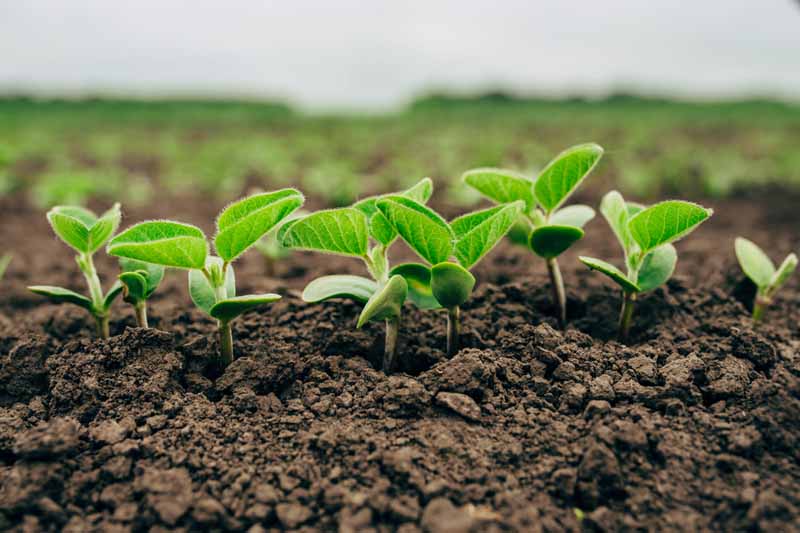
Plant Nutrients What They Need And When They Need It Gardener S Path
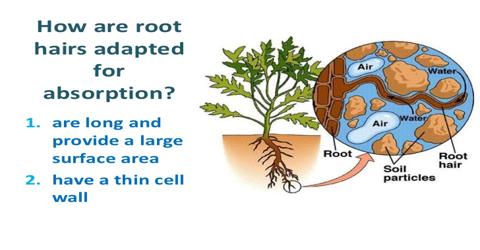
How Plants Absorb Mineral Salts Qs Study

How Do Plants Suck Up Water
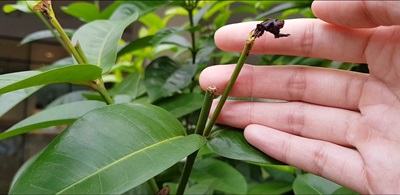
Identifying Nutrient Deficiency In Plants

How Do The Plants Absorb The Minerals Bitwise Academy

Absorption Of Minerals
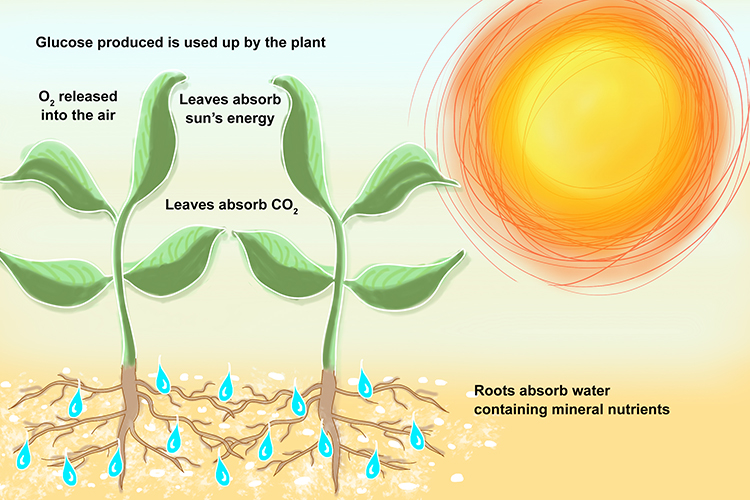
Plants And Animals Examples Of Nutrition Pictures
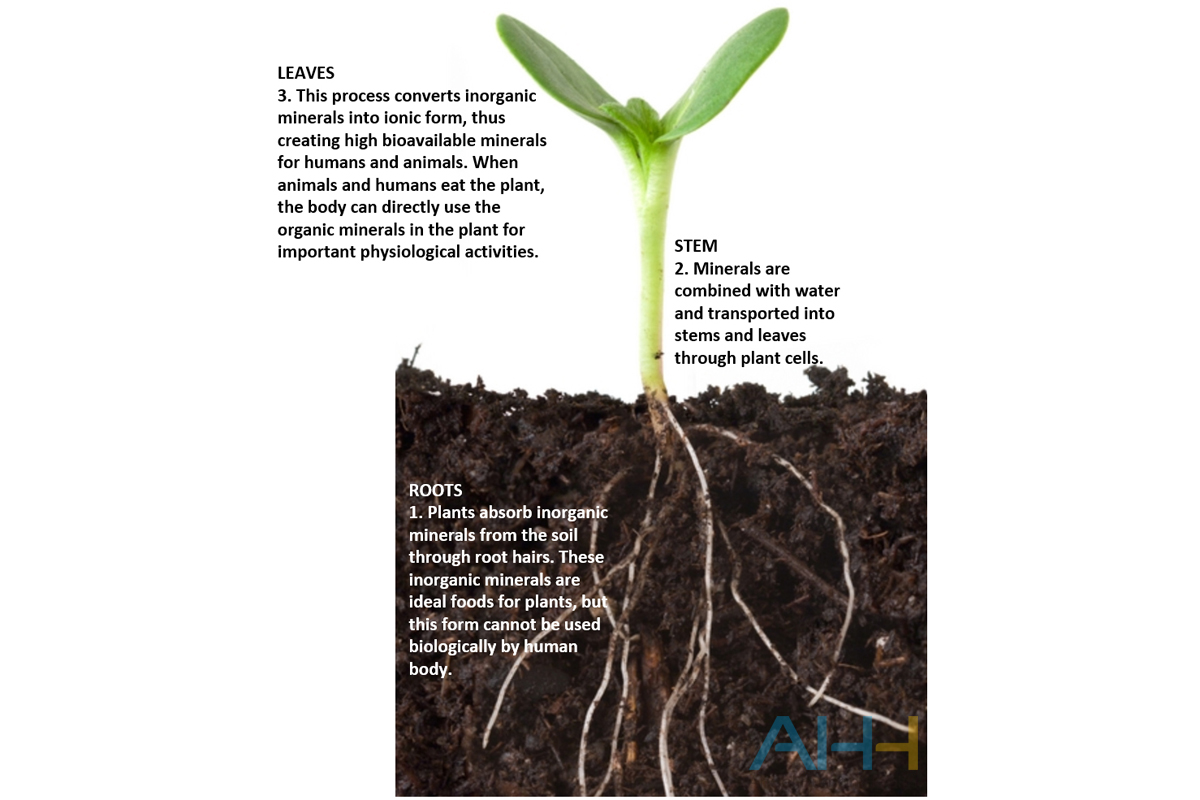
Selenium Yeast A Natural Source Of Organic Selenium Human Health Angel Yeast
